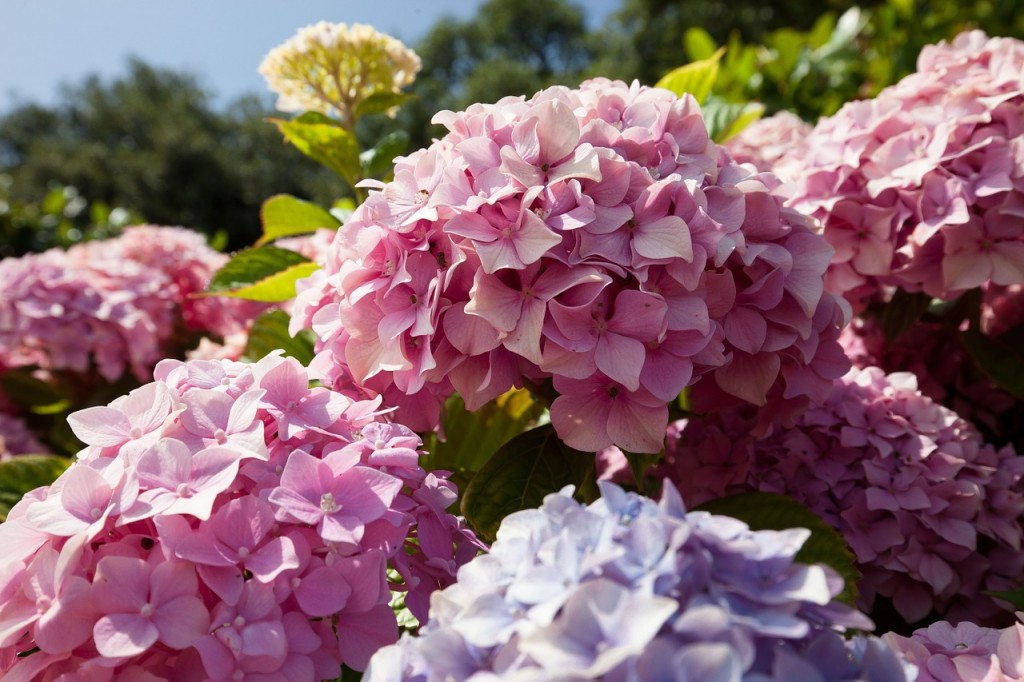
The Chelsea Flower Show is one of the biggest and most prestigious events on the annual gardening calendar and the 2013 run – which came to a close at the end of last week (May 25th) – was no exception.
Despite being hosted by the Royal Horticultural Society (RHS) across the Atlantic in the heart of the British capital of London, the event truly has an international standing.
This was demonstrated by the fact that it is where the Garden Club of America (GCA) chose to mark its centenary. Not only is the GCA one of the most prominent gardening associations in the US, it has also been supporting the nation’s horticultural leaders for generations.
A special exhibit was created at Chelsea in order to celebrate this landmark. Entitled A Lasting Legacy, it honoured 100 years of major achievements in conservation, preservation and scholarship and was a part of the RHS environment section – which could be taken as an indicator of the importance of the role the GCA could adopt in the future.
Spokeswoman for the GCA Sarah Carey underlined the fact that 2013 is set to be a year to remember for her organisation. “This is a very special year for the GCA and the RHS, as we both mark major milestones in our history in conservation and preservation,” she commented.
“The GCA is immensely proud of its association with the RHS and the work we have done through the Interchange Fellowship to foster British-American relations, promote horticultural studies and develop the horticultural leaders of the future,” the expert continued.
It is hoped that the Interchange Fellowship will give the US horticultural stars of the future the chance to spend a year studying in the UK – and vice versa for their contemporaries in the UK.
Current Interchange Fellows – many of whom have gone on to hold prominent positions in sectors like public garden management, horticulture and landscape architecture – were on hand staffing the exhibits, elaborating on the kind of benefits studying abroad brought to their career development.
The Chelsea display was designed to represent a California Coast redwood forest – and it was praised for bringing together native Californian ground flora and redwood tree saplings – alternatively known as sequoia sempervirens. This made it possible to accurately recreate the feel of a redwood grove right in the centre of an urban locale like London.
It was also partially created as an homage to the first major project that was undertaken by the charity back in the 1930s. This had seen the GCA attempt to preserve an ancient redwood grove within one of the largest old-growth redwood forests in the world at the time.
Visitors to the Chelsea exhibit were guided through a century of the GCA’s work to preserve natural resources. Stepping stones that were sustainably sourced from redwood and engraved with milestone dates in the history of the GCA acted as guides for tourists. This was further enhanced with display boards that detailed the range and variety of conservation and education programs instigated by the organisation.



